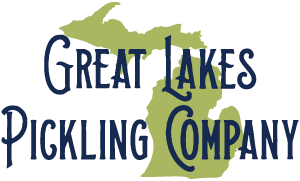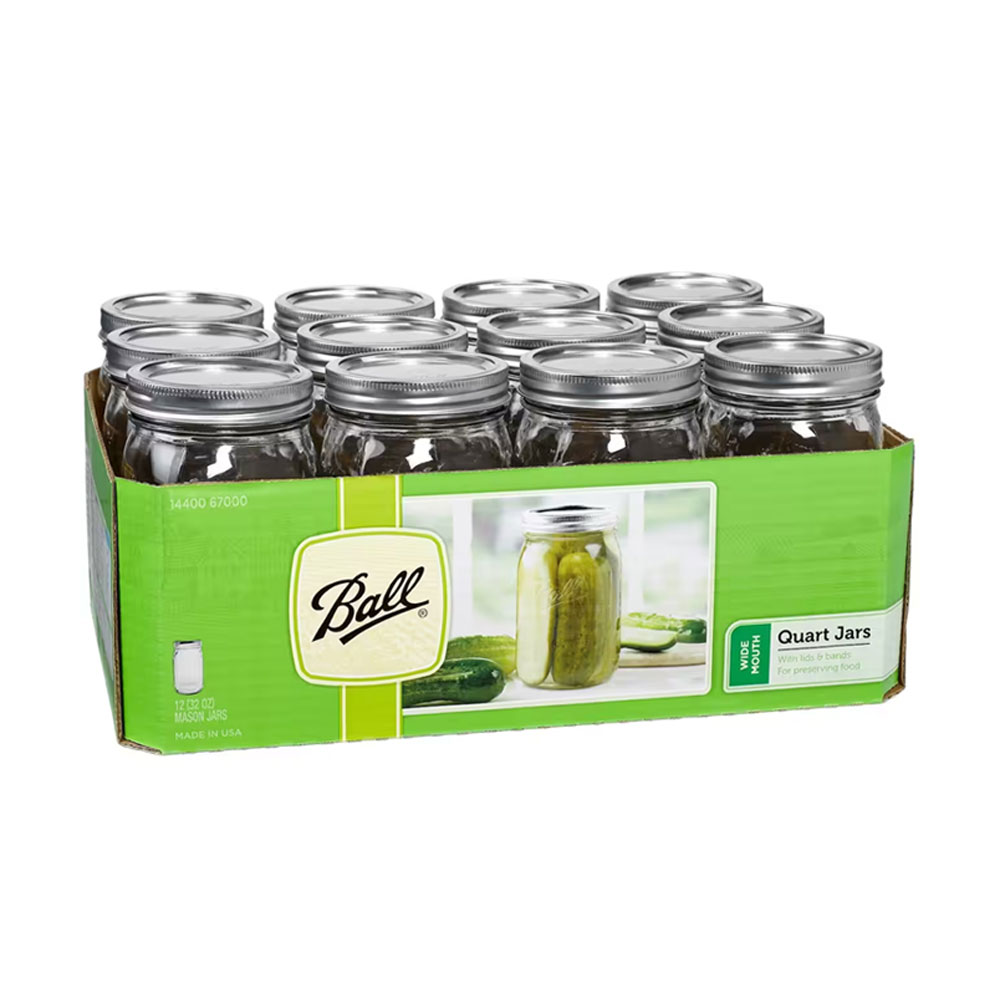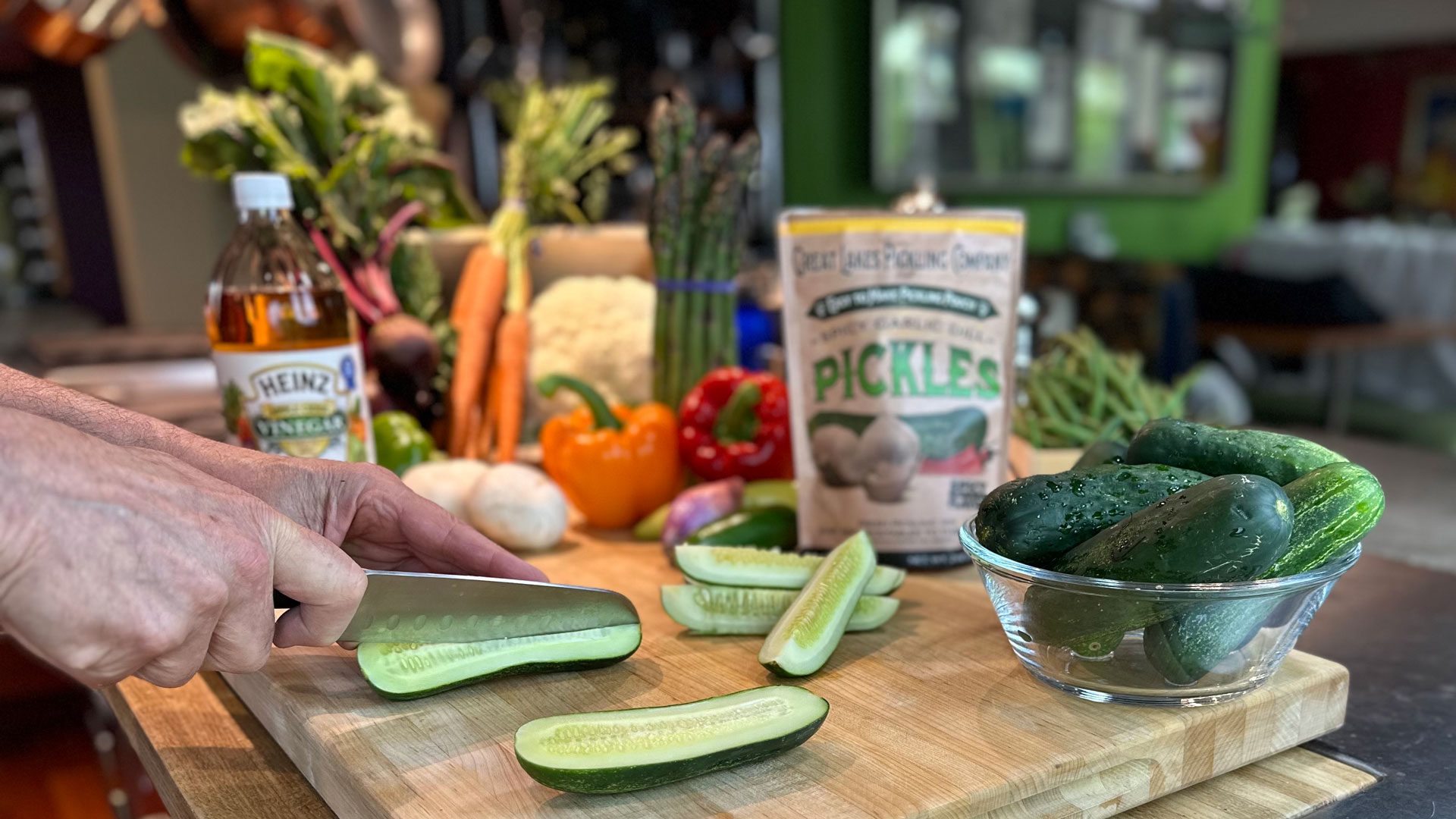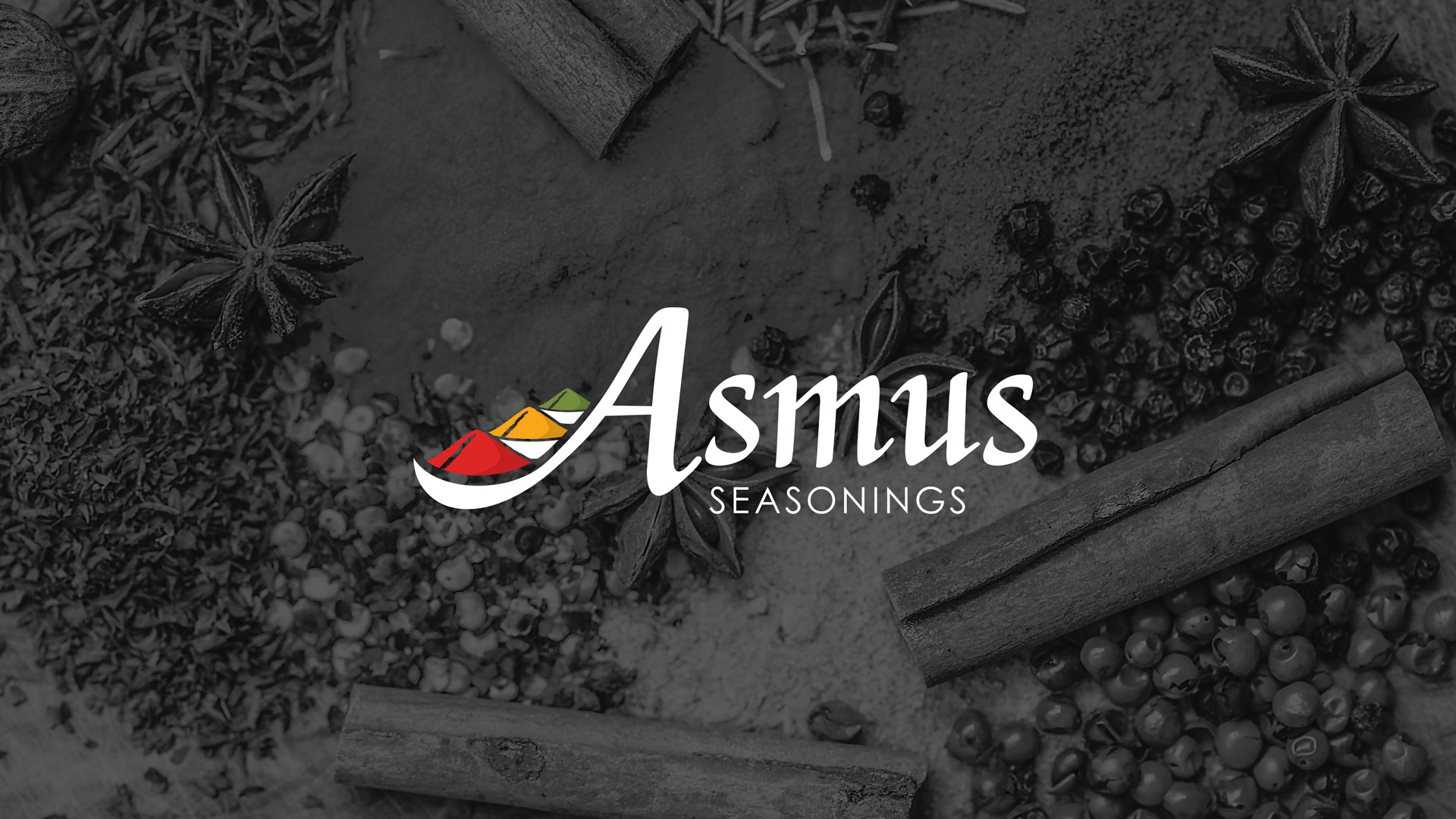What’s The Difference Between Canned Pickles and Refrigerator Pickles?
Canning and pickling are often used interchangeably in conversation, but there are actually quite a few differences between the two methods. Both serve a purpose, so let’s break down the processes of canned pickles vs refrigerator pickles (aka canning vs. pickling), including their main components, differences, and similarities. So what’s the difference between canning and pickling? Let’s find out.
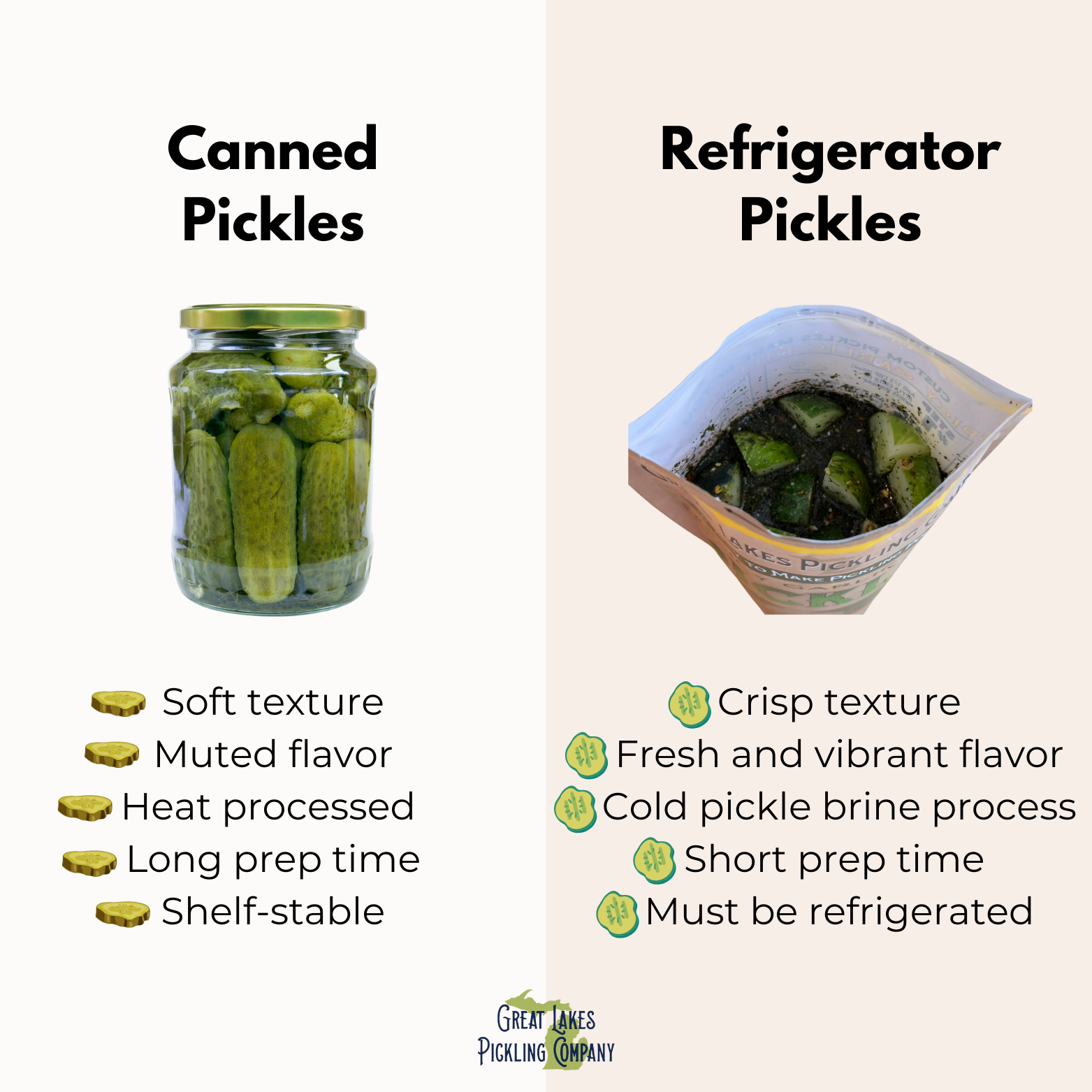
Canning / Canned Pickles:
Canned pickles use what is called the canning process, which primarily centers around sterilization of any bacteria, including the jar, and the product that goes in it. Which effectively means, it’s cooked. Sterilization ensures there is no bacteria to provide canned pickles with a long shelf-life. Beyond sterilization, you’ll also find other elements brought into canning including processing, the water bath method, and pressure canning.
Canning does not always use a “brine” to preserve food. It usually uses heat; and sometimes, both heat and pressure. The heat involved in this process, or the cooking element of it, is why canned pickles are lacking that crisp texture you’ll get at a restaurant or if you have made refrigerator pickles yourself. It also mutes some of the flavor.
Products that are effectively sterilized by the canning method can last for years, which is what makes this a popular choice. You can gather all of your harvested veggies, can them, and keep them in your pantry or store them for the months and years ahead. The length of time for storage depend on the processing, storage environment, and the item that is canned.
Canned pickles are the ideal choice if you would like a shelf-stable product to last months/years. The prep time and processing time are lengthier than refrigerator pickling in order to create that shelf-stability.
Pickling / Refrigerator Pickles:
Pickling is something else altogether. Pickling, while it is a type of preservation, uses an acid (vinegar) that anaerobically ferments the food by producing lactic acid from the fruit’s own sugars; which in turn, extends its shelf-life.
Pickling creates delicious results for products such as cucumber pickles, carrots, green beans, okra, radishes, bell peppers, asparagus, cauliflower, chili peppers, etc. Fruits and vegetables with a high acid content must use traditional canning methods to ensure their extended safety.
Pickling itself actually has two options:
- Start by using a pickling brine and then can the product with heat.
- Use a cold pickling brine and then refrigerate the product. This is known as quick pickling or refrigerated pickling and results in the crispy pickled veggies that you can easily make at home.
Refrigerator pickles result in that crisp texture you get when you eat pickles at a restaurant (yum!). Refrigerator pickles are not only crisp, but they are full of flavor and easy to make. The amount of prep time and the time it takes to process are both signifantly less than its heated counterpart.
Great Lakes Pickling Company’s Easy-to-Make Pickling Pouches use the refrigerator pickling method. The result will be the freshest, most crisp and delicious pickled products you’ve ever tasted. It is an tried and true easy homemade pickling option!
